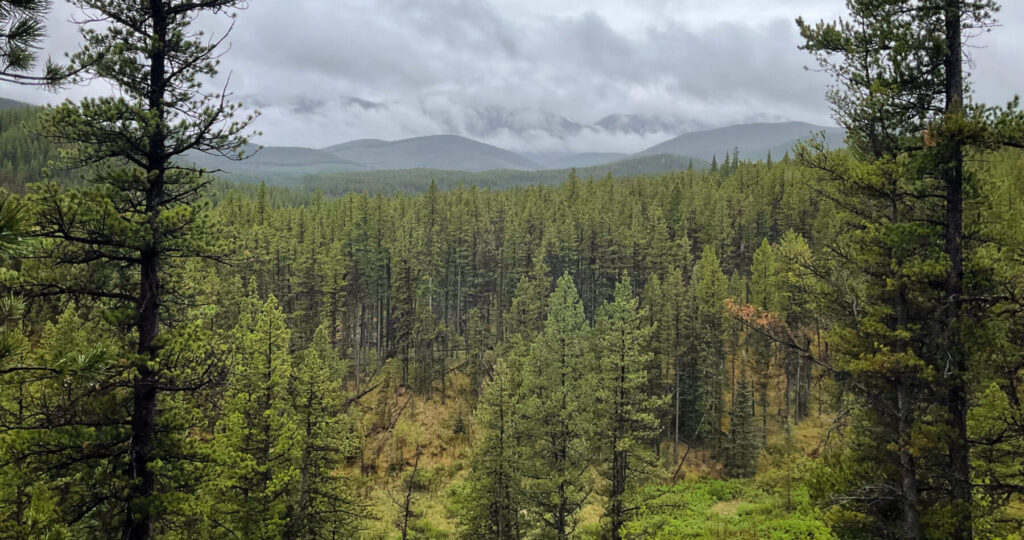Post Category : Glossary Heritage Management
What is a Borden Number?
The Borden System is used to provide each archaeological site in Canada with a unique identifier, called a Borden Number. These identifiers consist of two parts – four letters (formatted AaBb) and a number separated by a dash. The letters represent the Borden block which is the geographical location of the site and the number indicates the sequence when it was identified.
The Borden System was invented by Charles E. Borden with the help of Wilson Duff in 1952 at the University of British Columbia. Charles E. Borden is sometimes referred to as the “grandfather of British Columbia archaeology” despite not having a background in archaeology. He was born in New York City in 1905 and then moved to Germany as an infant where he lived until at 22 he discovered that he was an American citizen. He returned to the United States and went to university in California to study German literature. He completed his PhD in 1937 and joined the faculty of German at UBC in 1939. Owing to the difficulties in getting research materials from Germany during World War II Borden became interested in the archaeology of BC. In 1949 he became a lecturer in archaeology at UBC. It was during this time at UBC that he invented the Borden grid system to give sites unique identifiers that could be used across Canada. Borden and Wilson Duff together were responsible for the passing of the Archaeological and Historical Sites Protection Act and the creation of the Archaeological Sites Advisory Board in 1960.
Borden divided Canada into a grid with map units of 2° latitude (north-south) by 4° longitude (east-west). The grid going east-west was assigned capital letters A-V from the east coast to the west and A-U from south to north. Each of these large Borden blocks (about 192 km x 300 km) is further divided into 10′ units (about 16 km x 16 km) which were assigned lower case letters traveling up the grid south-north and east-west. For example site DcRu-4 is located within the larger DR Borden block, the first two letters indicate the site is in one of the 16 km wide grid squares in the latitudinal D square and the following two letters show the grid position in longitude. The number 4 indicates that this site was the fourth recorded within the DcRu unit.
The Borden system is used Canada-wide to keep track of sites; however there are differences between the provinces regarding which sites are eligible for Borden numbers. Often these differences are related to the use of provincial permitting systems required for archaeological research. For example, in Alberta anyone can (and is responsible to) report found sites, directly to the Historic Resource Management Branch of the provincial government and that site can be assigned a Borden number. This differs from Ontario where anyone can report a site to the Archaeology Programs Unit of the provincial government, but only once the site’s location has been confirmed by an archaeologist will the site be assigned a Borden number. As the Borden number system is managed provincially and territorially, federal archaeologists (usually employed by Parks Canada), may not always use Borden numbers to record sites they have identified. This is because Parks Canada may have different criteria of what constitutes an archaeological site than some provinces. Usually the difference is the age of a site as some provinces have restrictions on how old a site must be to receive a Borden number.



